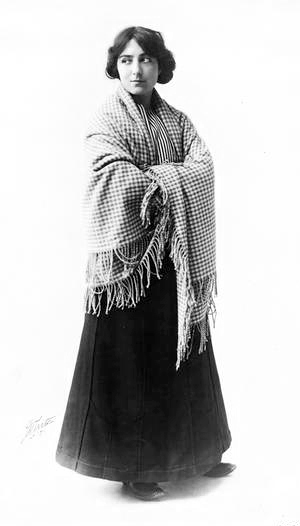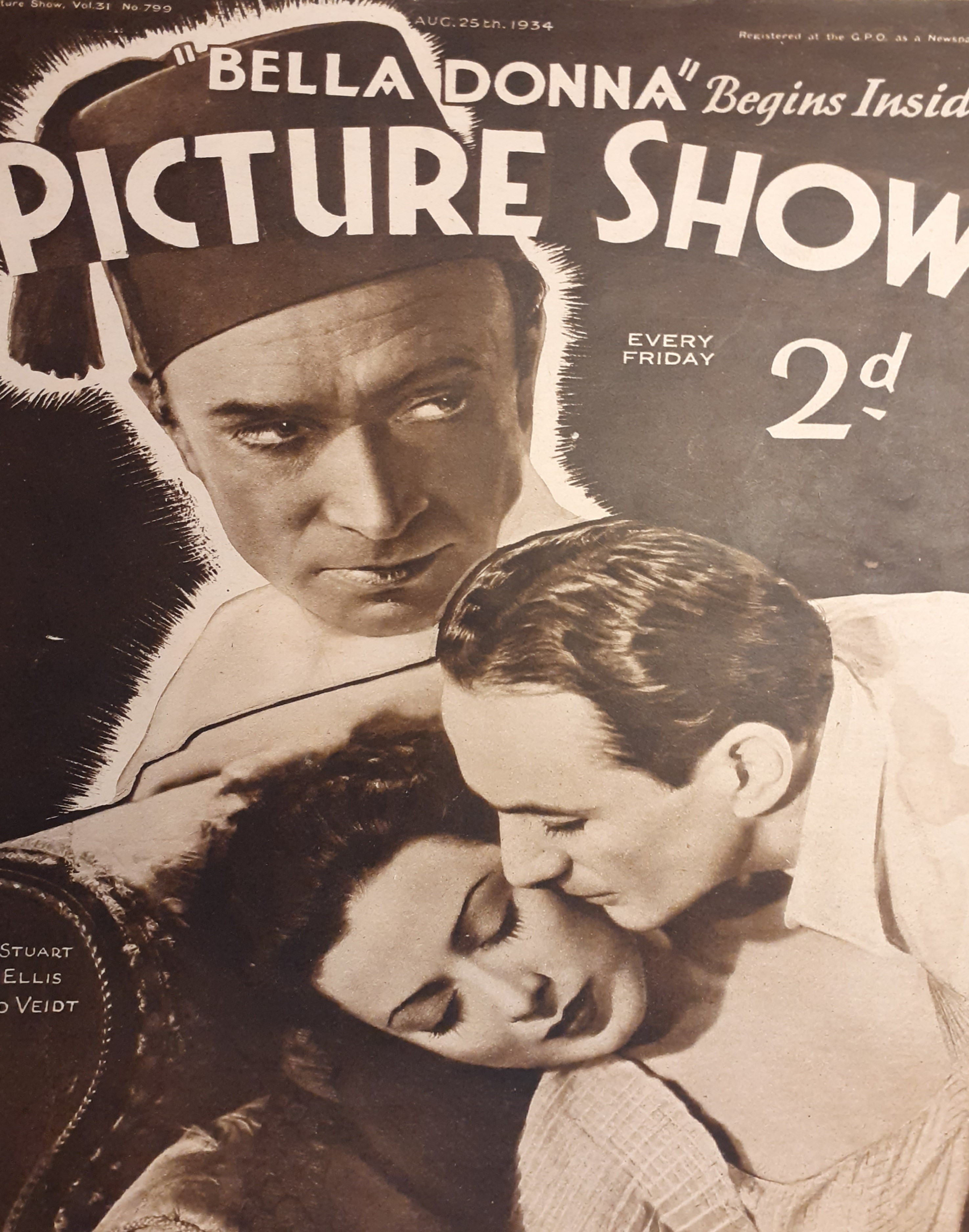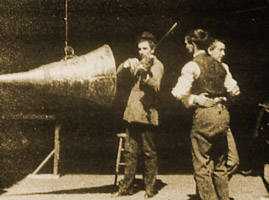|
Hindle Wakes (play)
''Hindle Wakes'' is a stage play by Stanley Houghton written in 1910. It was first performed in 1912. Plot The play is set in the fictional mill town of Hindle in Lancashire in England, and concerns two youths, Fanny Hawthorn and Alan Jeffcote, who are discovered to be having illicit sex during the town's wakes week. Class is a major plot point in the play: Fanny is a mill-hand in the factory owned by Alan's father and their respective fathers once worked together before Mr Jeffcote senior rose to own a mill, while Mr Hawthorn continued as a mill worker. After initial reluctance on the part of Mr Jeffcote senior, and the outright opposition of his wife (who suspects Fanny of being a Gold digger, gold-digger), the families pressure the couple to get married. To the great surprise of everyone (including Alan) Fanny refuses. She makes it clear that she regarded the dalliance with Alan as "a bit of fun" and considers him a poor choice for a husband. She is disowned by her people bu ... [...More Info...] [...Related Items...] OR: [Wikipedia] [Google] [Baidu] |
Stanley Houghton
William Stanley Houghton (22 February 1881 – 11 December 1913) was an English playwright. He was a prominent member, together with Allan Monkhouse and Harold Brighouse, of a group known as the Manchester School of dramatists. His best known play is '' Hindle Wakes'' which was written in 1910 and performed in 1912. Early life William Stanley Houghton was born at 1 Amy Villas, Doveston Road, Ashton-upon-Mersey, Sale, Cheshire, the only son of John Hartley Houghton, a cotton merchant in Manchester, and Lucy Mary (née Darbyshire).Victor Emeljanow"Houghton, (William) Stanley (1881–1913)" oxforddnb.com; accessed 17 November 2008. In 1896, the family moved to 2 Athol Road, Alexandra Park, Manchester, some two miles from the city centre. Houghton was educated at Bowdon College and at Manchester Grammar School. Upon leaving school in 1897, he started working full-time in his father's office and continued to do this until 1912. During this time he was an amateur ... [...More Info...] [...Related Items...] OR: [Wikipedia] [Google] [Baidu] |
Sue Johnston
Sue Johnston (born Susan Wright; 7 December 1943) is an English actress. She is known for portraying Sheila Grant in the Channel 4 soap opera '' Brookside'' (1982–1990), Barbara Royle in the BBC comedy '' The Royle Family'' (1998–2012), Grace Foley in the BBC drama '' Waking the Dead'' (2000–2011), Gloria Price in the ITV soap opera ''Coronation Street'' (2012–2014), and Miss Denker in the ITV drama ''Downton Abbey'' (2014–2015). In 2000, for her work on ''The Royle Family'', Johnston won the British Comedy Award for Best TV Comedy Actress and was nominated for the British Academy Television Award for Best Comedy Performance. In 2025, she was nominated for the British Academy Television Award for Best Supporting Actress for her work on '' Truelove''. Early life Johnston was born on 7 December 1943 in Warrington and grew up in Prescot, both then in Lancashire. She is the daughter of Fred and Margaret Jane Wright (née Cowan). After working in the glass industr ... [...More Info...] [...Related Items...] OR: [Wikipedia] [Google] [Baidu] |
Edmund Gwenn
Edmund Gwenn (born Edmund John Kellaway; 26 September 1877 – 6 September 1959) was an English actor. On film, he is best remembered for his role as Kris Kringle in the Christmas film ''Miracle on 34th Street'' (1947), for which he won the Academy Award for Best Supporting Actor and the corresponding Golden Globe Award. He received a second Golden Globe and another Academy Award nomination for the comedy film '' Mister 880'' (1950). He is also remembered for his appearances in four films directed by Alfred Hitchcock. As a stage actor in the West End and on Broadway, he was associated with a wide range of works by modern playwrights, including Bernard Shaw, John Galsworthy and J. B. Priestley. After the Second World War, he lived in the United States, where he had a successful career in Hollywood and Broadway. Life and career Early years Gwenn was born in Wandsworth, London to John and Catherine ( Oliver) Kellaway. His brother was the actor Arthur Chesney, and his co ... [...More Info...] [...Related Items...] OR: [Wikipedia] [Google] [Baidu] |
Sybil Thorndike
Dame Agnes Sybil Thorndike, Lady Casson (24 October 18829 June 1976) was an English actress whose stage career lasted from 1904 to 1969. Trained in her youth as a concert pianist, Thorndike turned to the stage when a medical problem with her hands ruled out a musical career. She began her professional acting career with the company of the actor-manager Ben Greet, with whom she toured the US from 1904 to 1908. In Britain she played in old and new plays on tour and in the West End theatre, West End, often appearing with her husband, the actor and director Lewis Casson. She joined the the Old Vic, Old Vic company during the First World War, and in the early 1920s George Bernard Shaw, impressed by seeing her in a tragedy, wrote ''Saint Joan (play), Saint Joan'' with her in mind. She starred in it with great success. She became known as Britain's leading tragedienne, but also appeared frequently in comedy. During the Second World War, Thorndike and her husband toured in Shakespeare ... [...More Info...] [...Related Items...] OR: [Wikipedia] [Google] [Baidu] |
John Stuart (actor)
John Stuart (John Alfred Louden Croall; 18 July 1898 – 17 October 1979) was a Scottish people, Scottish actor, and was a very popular leading man in British silent films in the 1920s. He successfully made the transition to talking pictures in the 1930s and his film career went on to span almost six decades. He appeared in 172 films (including shorts), 123 stage plays, and 103 television plays and series. Early life John Croall – later John Stuart – was born in Edinburgh on 18 July 1898. He came from a wealthy family whose company John Croall & Sons Edinburgh, John Croall & Sons, run by his grandfather, made chassis for luxury cars such as Rolls-Royce Motor Cars, Rolls-Royce. When he was seven the family moved to London, living in a house in Hampstead. His parents separated the following year, and John lived with his mother and two brothers in St John's Wood. He attended Dunstable Grammar School as a boarder, and at thirteen moved to Eastbourne College: 'Scholastically I ... [...More Info...] [...Related Items...] OR: [Wikipedia] [Google] [Baidu] |
Belle Chrystal
Belle Chrystall (25 April 1910 – 7 June 2003) was a British actress who appeared in a number of leading roles in British films during the 1930s. She was born in Preston, Lancashire in 1910. She came to London and after appearing on stage was given a minor part in a film ''A Warm Corner'', directed by Victor Saville but she was given no more work after that. The filming of '' Hindle Wakes'' led her to apply for the part of Jenny Hawthorne which led her to become an instant success. She made her last film in 1940. Filmography * ''A Warm Corner'' (1930) * '' Hindle Wakes'' (1931) * ''Hobson's Choice'' (1931) * '' The Frightened Lady'' (1932) * '' Friday the Thirteenth'' (1933) * '' The Girl in the Flat'' (1934) * ''Youthful Folly'' (1934) * ''Key to Harmony'' (1935) * '' The Scotland Yard Mystery'' (1934) * ''The Edge of the World'' (1937) * '' Anything to Declare?'' (1938) * '' Follow Your Star'' (1938) * '' Yellow Sands'' (1938) * ''Poison Pen A poison pen letter (or poisoned ... [...More Info...] [...Related Items...] OR: [Wikipedia] [Google] [Baidu] |
Hindle Wakes (1931 Film)
''Hindle Wakes'' is a 1931 British drama film directed by Victor Saville for Gainsborough Pictures and starring Belle Chrystall and John Stuart. The film is adapted from Stanley Houghton's 1912 stage play of the same name, which had previously been filmed twice as a silent in 1918 and 1927. Saville had been the producer on the highly regarded 1927 version directed by Maurice Elvey. Both Stuart and Norman McKinnel returned in 1931 to reprise their roles from the 1927 film. Moat, Janet. BFI Screen Online. ''Retrieved 6 October 2010'' It was shot at the Lime Grove Studios in Shepherd's Bush with sets des ... [...More Info...] [...Related Items...] OR: [Wikipedia] [Google] [Baidu] |
Sound Film
A sound film is a Film, motion picture with synchronization, synchronized sound, or sound technologically coupled to image, as opposed to a silent film. The first known public exhibition of projected sound films took place in Paris in 1900, but decades passed before sound motion pictures became commercially practical. Reliable synchronization was difficult to achieve with the early sound-on-disc systems, and amplification and recording quality were also inadequate. Innovations in sound-on-film led to the first commercial screening of Short film, short motion pictures using the technology, which took place in 1923. Before sound-on-film technology became viable, soundtracks for films were commonly played live with organs or pianos. The primary steps in the commercialization of sound cinema were taken in the mid-to-late 1920s. At first, the sound films which included synchronized dialogue, known as "talking pictures", or "talkies", were exclusively shorts. The earliest feature fil ... [...More Info...] [...Related Items...] OR: [Wikipedia] [Google] [Baidu] |
Hindle Wakes (1927 Film)
''Hindle Wakes'' is a 1927 British silent film drama, directed by Maurice Elvey and starring Estelle Brody and John Stuart. The film is adapted from Stanley Houghton's 1912 stage play of the same name, and reunites Brody and Stuart following their hugely popular pairing in the previous year's '' Mademoiselle from Armentieres''. The film was also released under the title ''Fanny Hawthorne''. In its time, Houghton's play was considered extremely controversial and provocative in its message. It is seen as proto-feminist in tone, with its assumption that women as well as men could enjoy a brief sexual fling for what it was, without any sense of obligation on either side, and further that a woman was capable of making her own decisions, ignoring familial and societal strictures if necessary. ''Hindle Wakes'' was filmed four times, twice as a silent (the first version, also directed by Elvey, made in 1918) and twice in sound (in 1931 and 1952). The 1927 production was well-budgete ... [...More Info...] [...Related Items...] OR: [Wikipedia] [Google] [Baidu] |
Hindle Wakes (1918 Film)
''Hindle Wakes'' is a 1918 British silent film drama, directed by Maurice Elvey and starring Colette O'Niel and Hayford Hobbs. It is the first of four screen versions of the celebrated and controversial 1912 play by Stanley Houghton. It which was a sensation in its time for its daring assertions that a woman could enjoy a sexual fling just as much as a man, without feeling any guilt or obligation to explain herself, and that she was perfectly capable of making her own life decisions without interference from family or the need to bow to social pressures. Elvey was reported to be unsatisfied with the way the film turned out and, believing he could do better, directed a remake in 1927, producing what is now regarded as a classic of British silent cinema. Cast * Colette O'Niel as Fanny Hawthorne * Hayford Hobbs as Alan Jeffcote * Norman McKinnel as Nat Jeffcote * Edward O'Neill as Chris Hawthorne * Ada King as Mrs. Hawthorne * Margaret Bannerman as Beatrice Farrar * Frank Dane ... [...More Info...] [...Related Items...] OR: [Wikipedia] [Google] [Baidu] |
Silent Film
A silent film is a film without synchronized recorded sound (or more generally, no audible dialogue). Though silent films convey narrative and emotion visually, various plot elements (such as a setting or era) or key lines of dialogue may, when necessary, be conveyed by the use of inter- title cards. The term "silent film" is something of a misnomer, as these films were almost always accompanied by live sounds. During the silent era, which existed from the mid-1890s to the late 1920s, a pianist, theater organist—or even, in larger cities, an orchestra—would play music to accompany the films. Pianists and organists would play either from sheet music, or improvisation. Sometimes a person would even narrate the inter-title cards for the audience. Though at the time the technology to synchronize sound with the film did not exist, music was seen as an essential part of the viewing experience. "Silent film" is typically used as a historical term to describe an era of cinema p ... [...More Info...] [...Related Items...] OR: [Wikipedia] [Google] [Baidu] |
Manchester Evening News Theatre Awards
The Manchester Evening News Theatre Awards (MENTA) were a theatre awards ceremony that recognised live theatre within Greater Manchester. They were administered by the ''Manchester Evening News'', and presented at an annual ceremony in Manchester Manchester () is a city and the metropolitan borough of Greater Manchester, England. It had an estimated population of in . Greater Manchester is the third-most populous metropolitan area in the United Kingdom, with a population of 2.92&nbs ..., England. The awards were for regional and nationally touring productions and were created in 1981 by Alan Hulme, who wrote for the paper as theatre critic from 1970 to 2000. The first ceremony was held in the conference room of the MEN in their then Deansgate offices, and the awards were held annually until 2010, when the Manchester Evening News ended its association with the awards, however a group of former panel members announced in October 2011 that they were to continue the awards as an ... [...More Info...] [...Related Items...] OR: [Wikipedia] [Google] [Baidu] |




